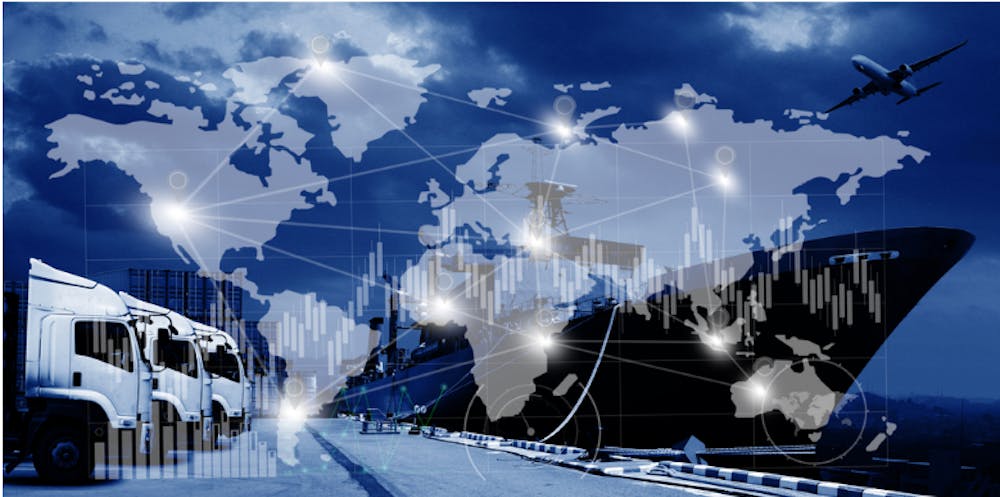In the world of commerce, reverse logistics stands out as a crucial but often overlooked component. It involves managing the flow of goods as they are returned by consumers, a process that can be complex and costly. Retailers and manufacturers must navigate the intricacies of returns, exchanges, and the reintegration of products back into the supply chain. The efficiency of these practices can directly influence customer satisfaction and the bottom line. To tackle these challenges, businesses are seeking innovative strategies to streamline their reverse logistics operations.
They confront a range of issues, from determining the resale value of returned goods to the environmental impact of disposal methods. Handling returns with proficiency requires a dynamic approach that considers the lifecycle of a product beyond the initial sale. By doing so, they can reduce waste, recover value, and maintain positive customer relations.
To finesse this aspect of supply chain management, businesses are implementing a mix of technology, policy adjustments, and logistics partnerships. It's not just about accepting returns; it's about turning returned merchandise into a resource. Techniques such as data analytics for forecasting returns, reconditioning products for resale, and designing products with the second life in mind are becoming more prevalent. Integrating these approaches enables companies to stay ahead in the competitive landscape while also contributing to sustainability goals.
Fundamentals of Reverse Logistics
Reverse logistics is an integral part of supply chain management, focusing on the movement of goods from the customer back to the seller or manufacturer. It plays a crucial role in managing returns, repairs, and recycling, ensuring efficiency and customer satisfaction are front and center.
Defining Reverse Logistics
In essence, reverse logistics refers to all operations related to the reuse of products and materials. It's the process of moving goods from their typical final destination for the purpose of capturing value, or proper disposal. Here's a quick look at the essentials:
Returns Management: Handling of goods returned due to defects, dissatisfaction, or other reasons.
Recycling Management: Processing items that can be reprocessed into new materials.
Remanufacturing and Refurbishing: Restoring used products to good-as-new condition.
Benefits and Challenges
While reverse logistics brings substantial benefits, it isn’t without its hurdles. Benefits include:
Recovering Value: Extracting value from returned items through sales, recycling, or donation.
Sustainability: Reducing environmental impact by repurposing or properly disposing of products.
However, companies face challenges such as:
Costs: Transporting, processing, and repackaging returned items can be expensive.
Complexity: Tracking and managing returns requires robust systems and processes.
Key Processes in Reverse Logistics
At the core of efficient reverse logistics are several processes that ensure smooth operation. Major processes include:
Inspection and Sorting: Assessing returned items and deciding on their subsequent paths.
Transportation: Moving goods from customers back to companies.
Warehouse Management: Storing and managing inventory that includes returned items.
Strategic Approaches to Returns and Exchanges
The ability to handle returns and exchanges with finesse can set a company apart. Mastering this aspect of logistics involves a strategic blend of policies, technologies, and robust communication.
Policies for Efficient Returns Management
Crafting clear return policies serves as the backbone for managing reverse logistics. Key components include:
Time Frame: Specify the acceptable return period.
Condition: Outline the required condition of items to be eligible for return.
A well-defined policy ensures consistency in handling returns and exchanges, leading to fewer customer disputes and streamlined operations.
Technology Integration for Streamlining Processes
Leveraging cutting-edge technology can greatly enhance the efficiency of the returns process. Crucial technology solutions include:
Return Merchandise Authorization (RMA) systems: They help track returns and organize data.
Warehouse Management Systems (WMS): They optimize the sorting and restocking of returned goods.
These technologies facilitate the quick processing of returns, minimize errors, and can improve inventory management.
Customer Communication and Relationship Management
Effective communication with customers about returns is pivotal for maintaining trust and satisfaction. Strategies to achieve this involve:
Clear Instructions: Provide simple, step-by-step guidelines for returning items.
Responsive Service: Ensure customer service teams are well-trained and equipped to handle return inquiries quickly.
By prioritizing transparency and efficiency in communication, organizations can foster stronger relationships with customers, encouraging loyalty and repeat business.
This post is provided by a third party who may receive compensation from the products or services they mention.





The Daily News welcomes thoughtful discussion on all of our stories, but please keep comments civil and on-topic. Read our full guidelines here.